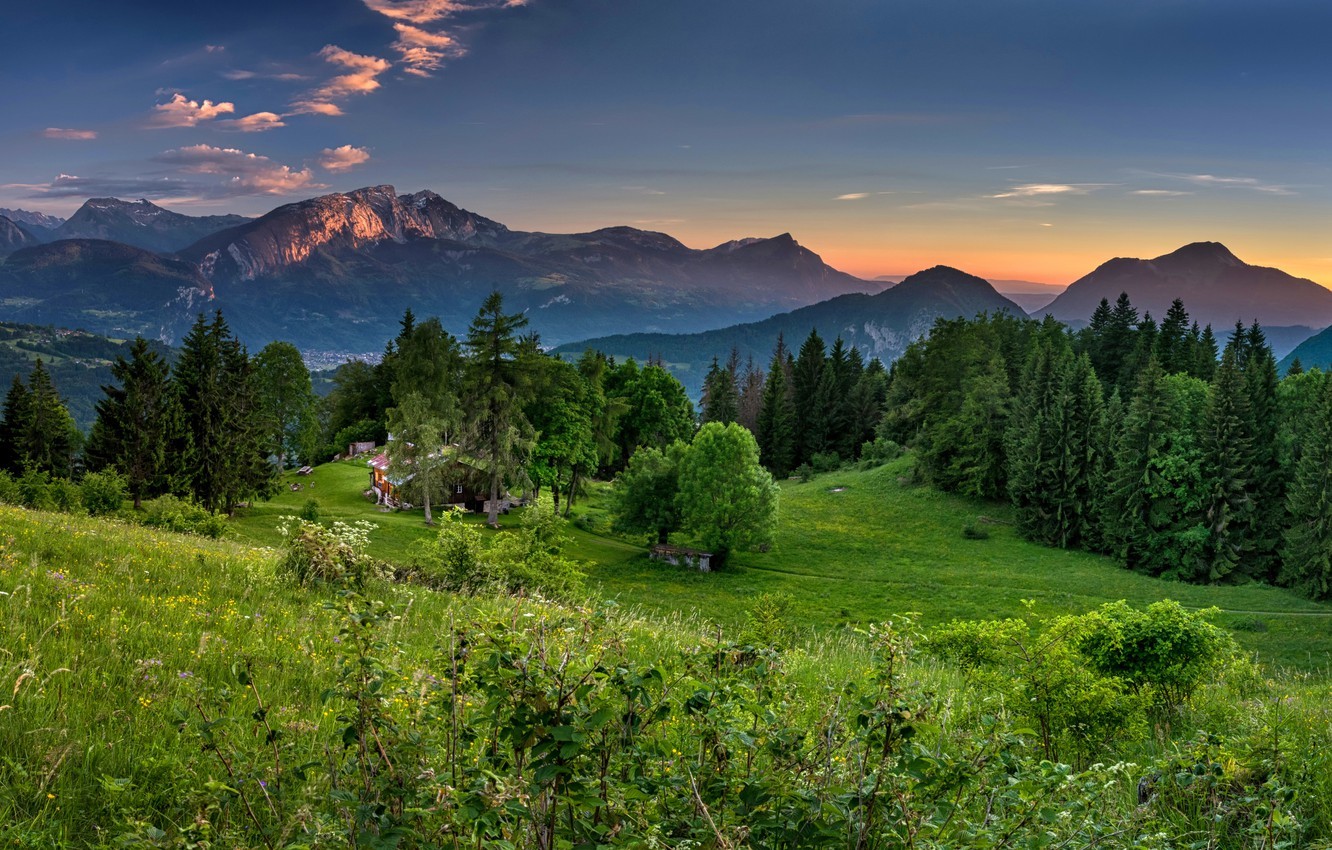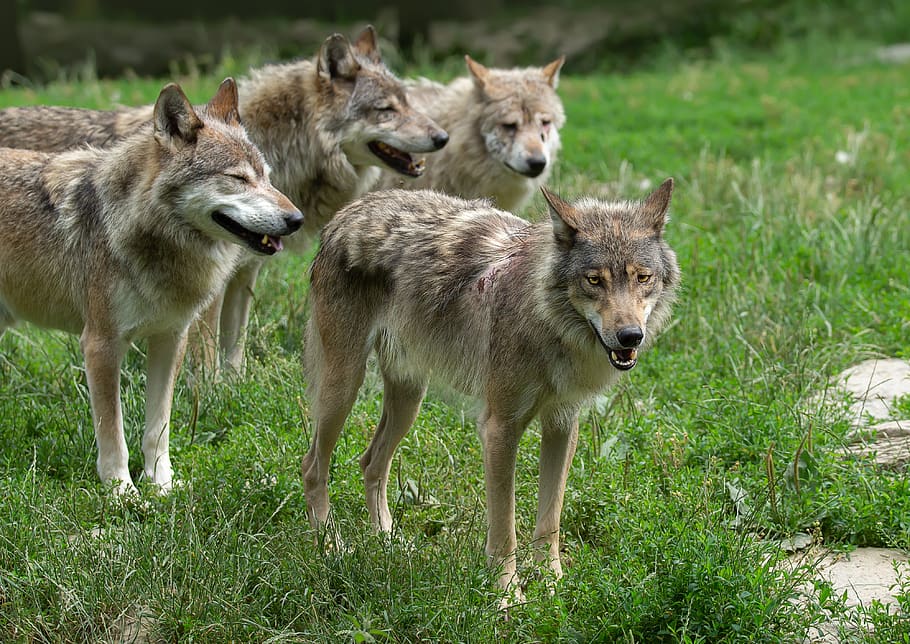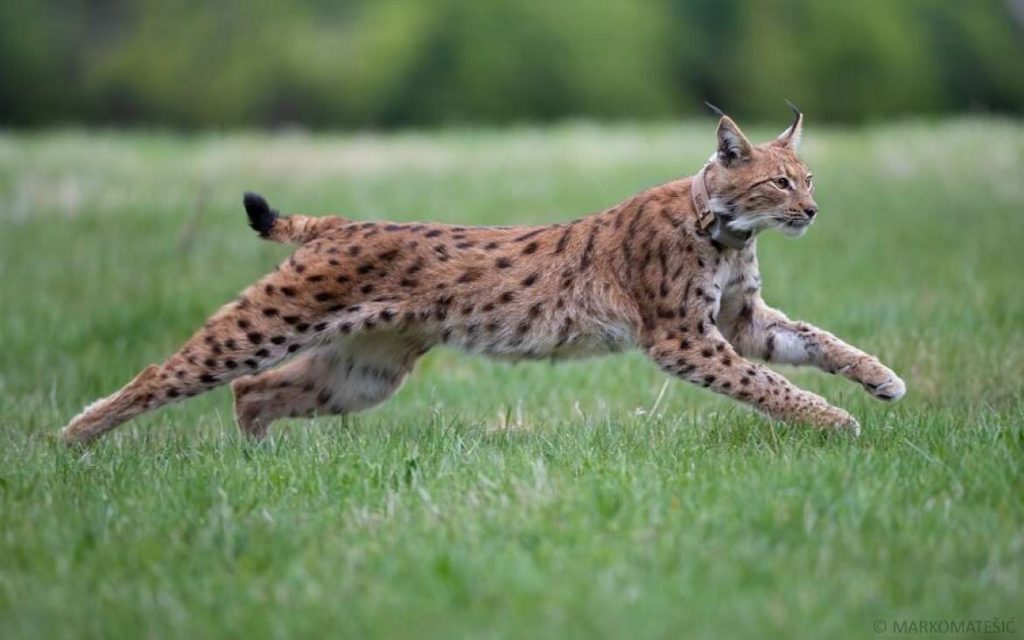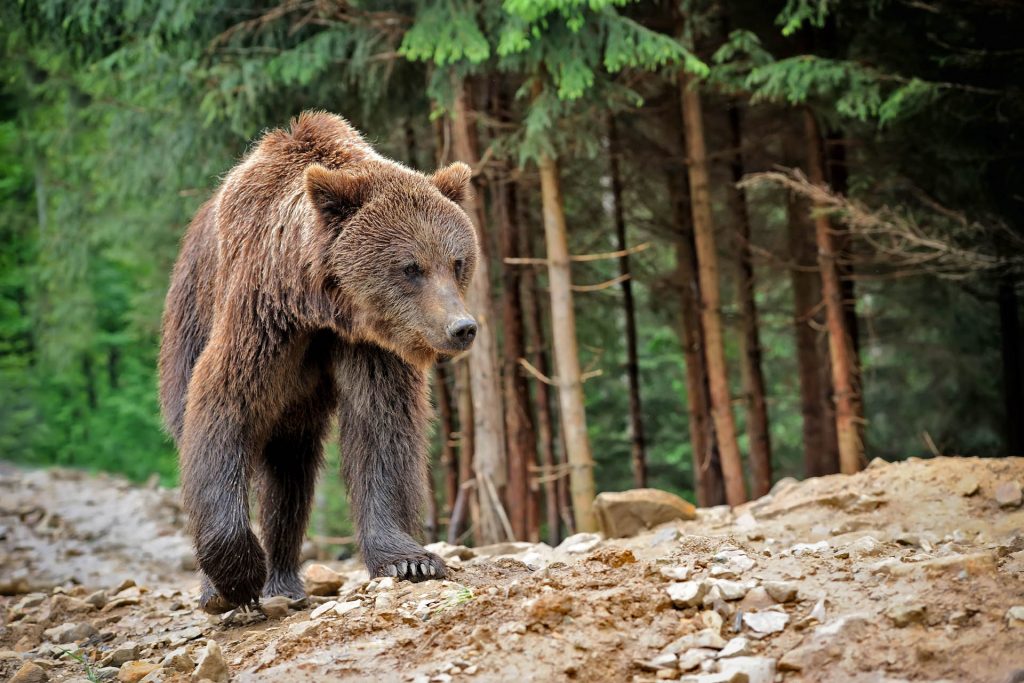The white rhino recovery was a huge success story- from a low of just 60 animals the population rose to over 20,000, the biggest single population, lying within the huge Kruger national park.
Unfortunately, while China has slowly got their illegal wildlife trade under control (still a big problem, but for rhino, nowhere near the biggest) Vietnam and Laos, have seen a demand for rhino horn rocket.
Continue reading “White rhino population in the Kruger has crashed by ⅔ in a decade”
















